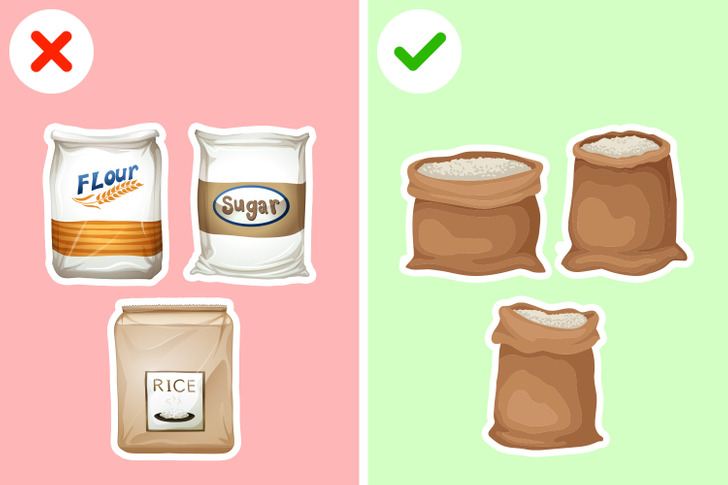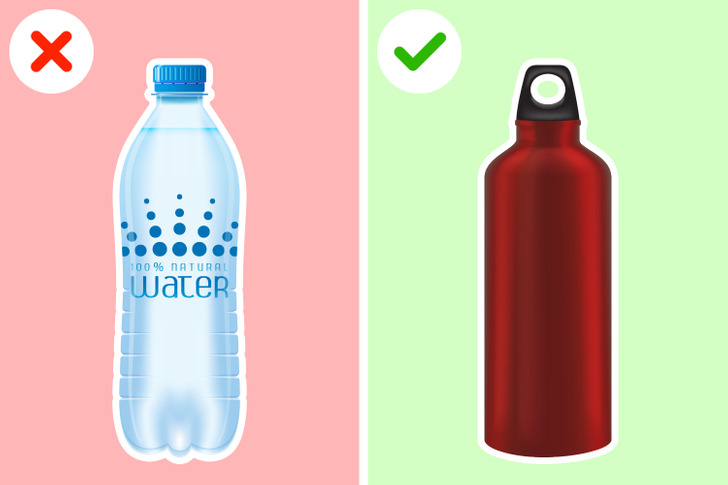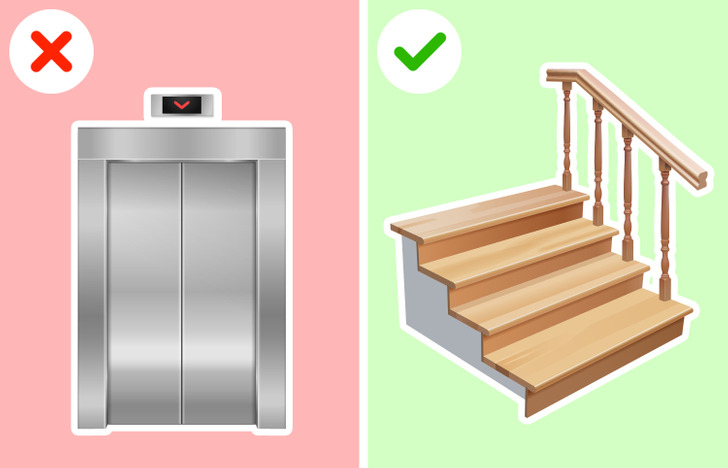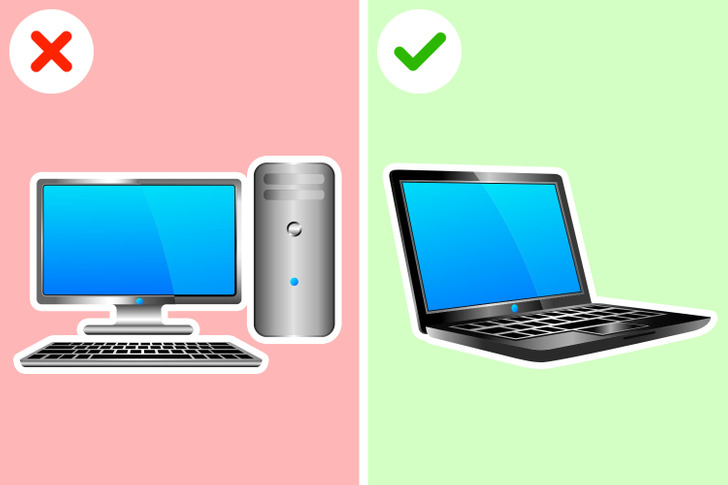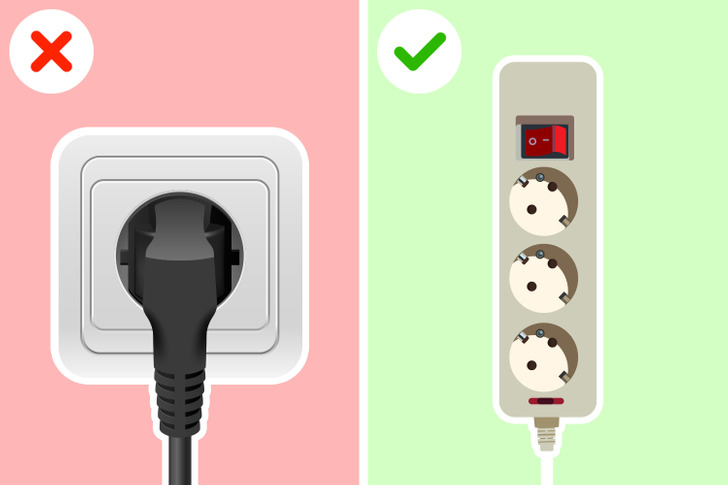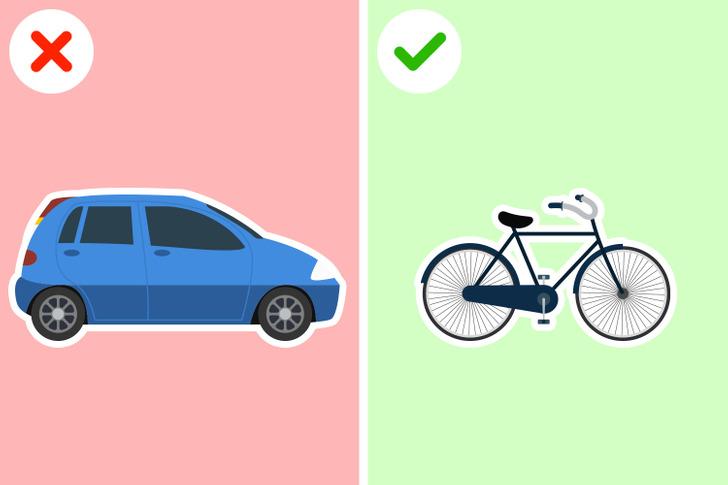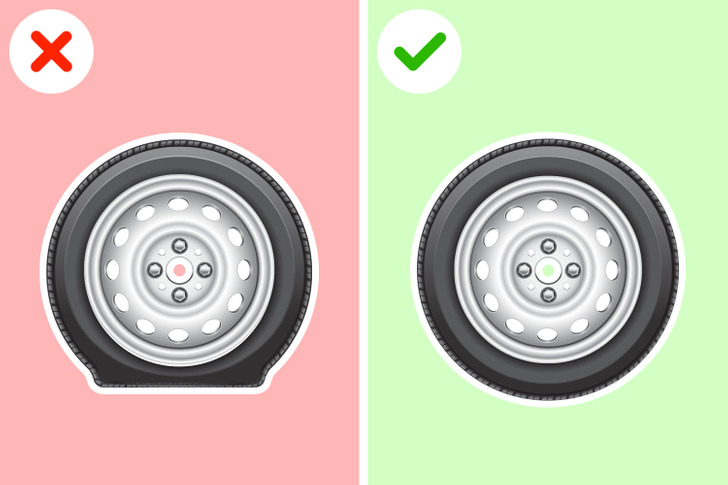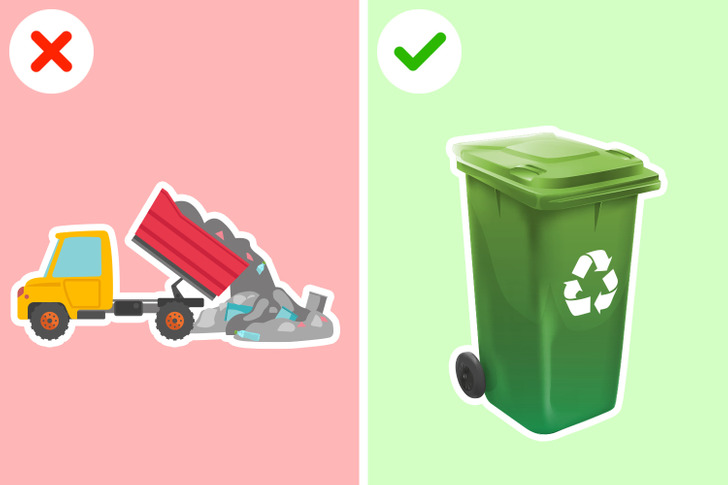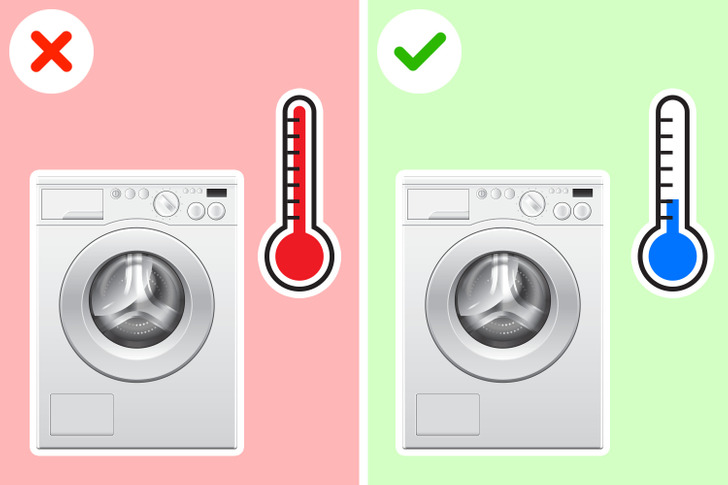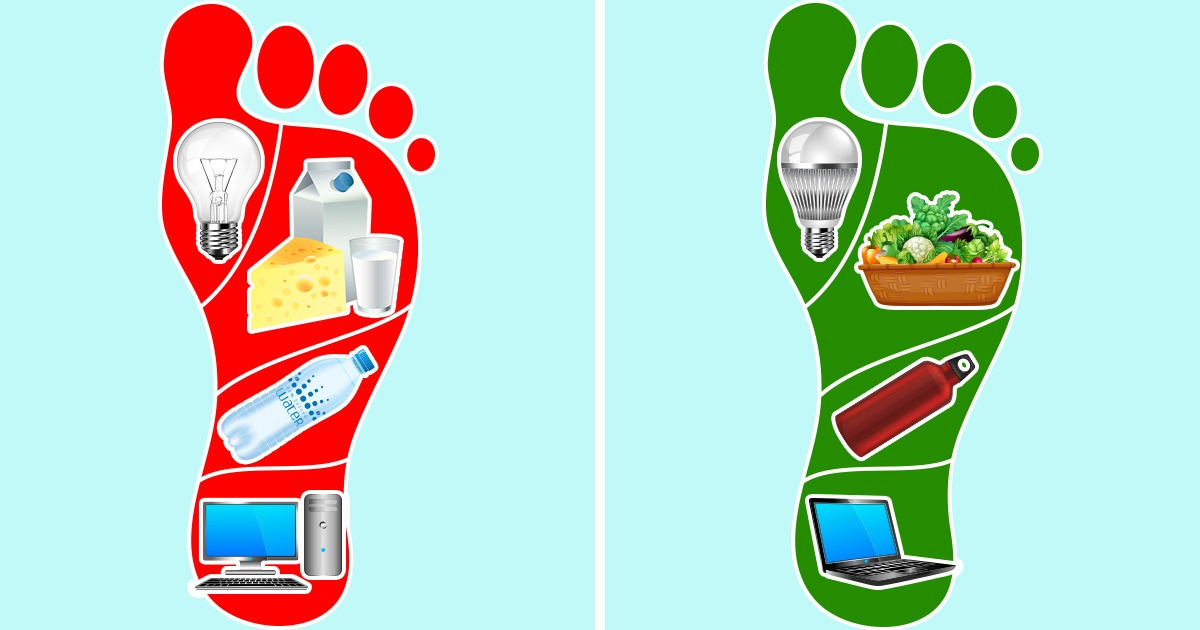
How to Reduce Your Carbon Footprint
Your carbon footprint refers to the total greenhouse gas emissions (GHG) caused by your lifestyle. In other words, most activities of your daily routine release emissions and have an impact on your carbon footprint. Since GHG emissions created by humans are the main contributor to climate change, it’s important to reduce them in order to help our planet.
5-Minute Crafts will show you 12 ways to take action and lower your carbon footprint in your daily life.
A. Food and drinks:
1. Eat less meat and consume fewer dairy products.
Meat and dairy are associated with 14.5% of greenhouse gas emissions produced by humans on a global scale. So, it’s advisable to choose foods that are positioned low on the food chain, such as fruits, vegetables, beans, and grains. At the same time, it’s a good idea to opt for food that is made or grown locally, which will also reduce emissions linked to transportation.
💡 You can start cutting down your meat consumption by trying meatless Mondays.
2. Buy food in bulk.
When doing so, use a reusable container. This way, you will contribute to reducing packaging waste.
💡 Opt for products that come in paper packaging, which you can recycle or compost afterward.
3. Don’t buy water in plastic bottles.
Getting a reusable water bottle to keep it filled will not only help the environment, but also will make you save money.
B. Energy consumption
4. Ditch the elevators
Since elevators need electricity, take the stairs whenever it’s possible.
5. Prefer laptops over desktops.
Desktops need more energy to charge and function than laptops.
6. Choose LED bulbs instead of incandescent light bulbs.
LED bulbs consume 70% to 90% less energy.
7. Unplug your electronics when you’re not using them.
Many electronics, such as printers, chargers, and televisions, consume energy even after switching them off. Therefore, it’s a good idea to get a power strip that allows you to easily unplug these devices after using them.
C. Transportation:
8. Prefer biking or walking instead of driving.
9. Take fewer flights.
Airplanes release water vapor and greenhouse gases into the atmosphere, which contributes to climate change. Therefore, it’s advisable to fly less or look for other ways to travel locally.
For instance, you can choose to travel by train or fuel-efficient vehicles, and opt for direct flights when possible if there aren’t any other options.
❗In 2019, flights released 915 million tonnes of CO2 globally.
10. Keep your car tires properly inflated.
D. Others
11. Keep your waste away from the landfill.
Sell all those items that you no longer use either to a thrift shop or at a yard sale. Donating, recycling, or reusing are also good options.

